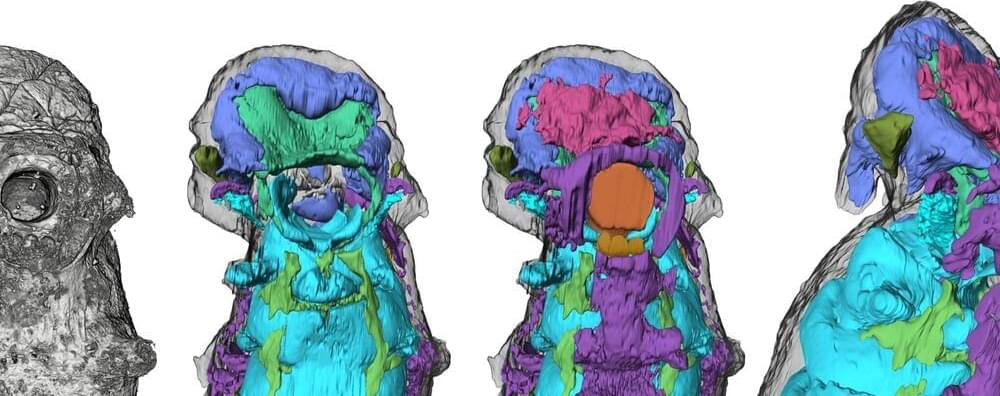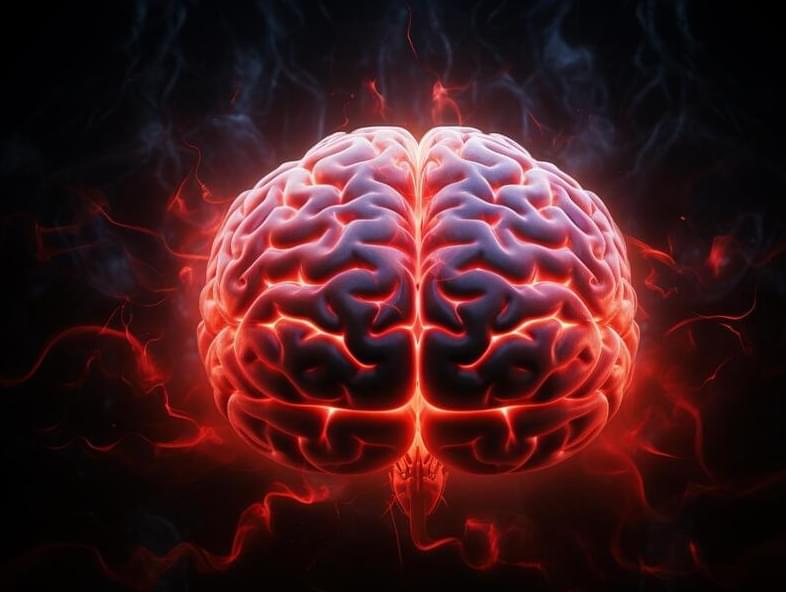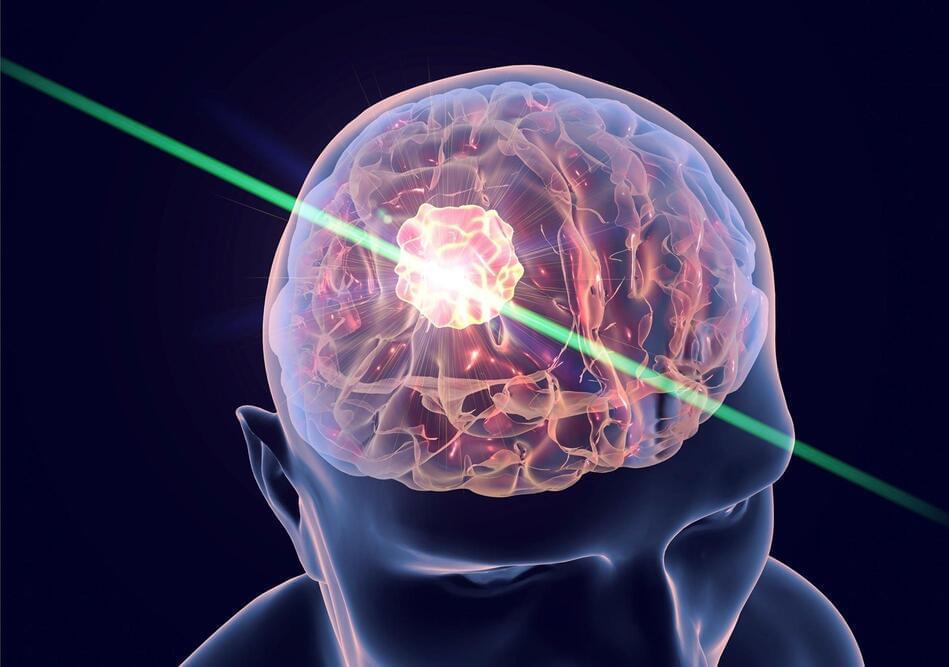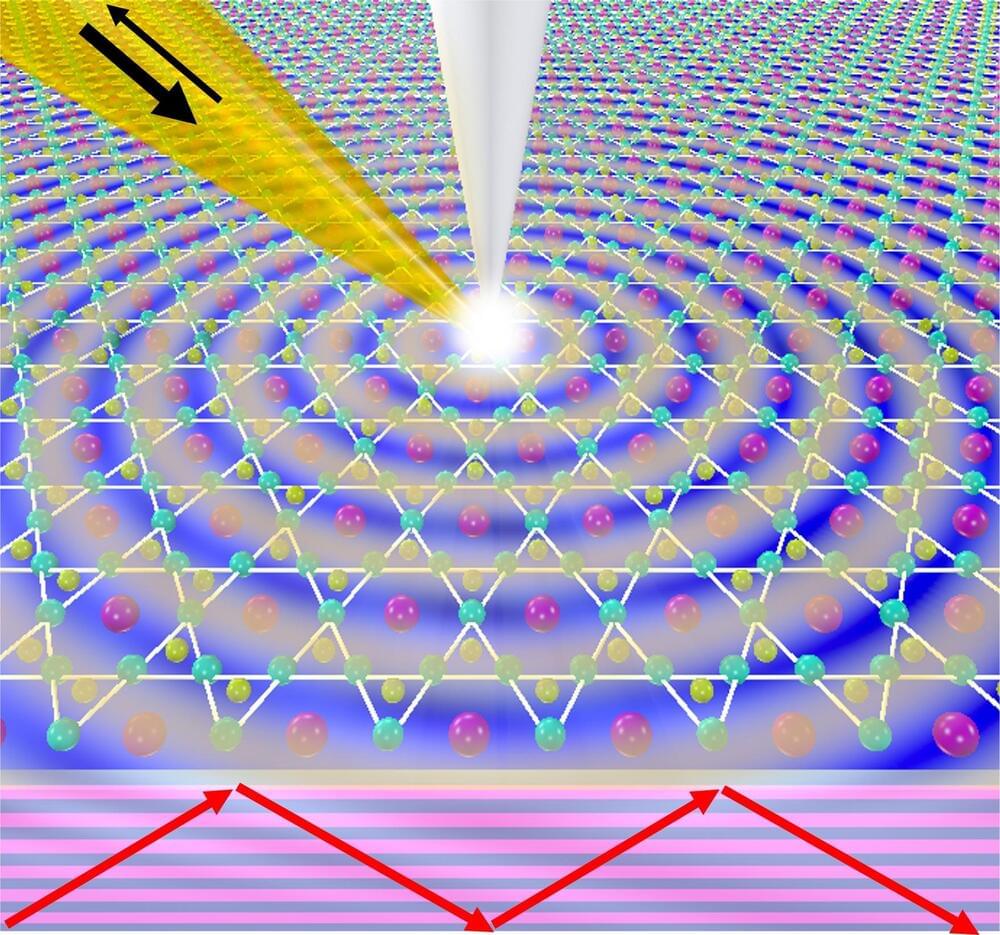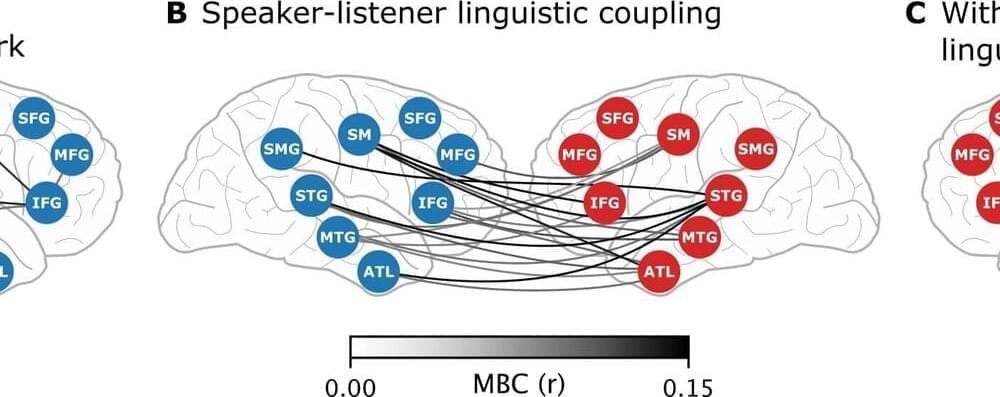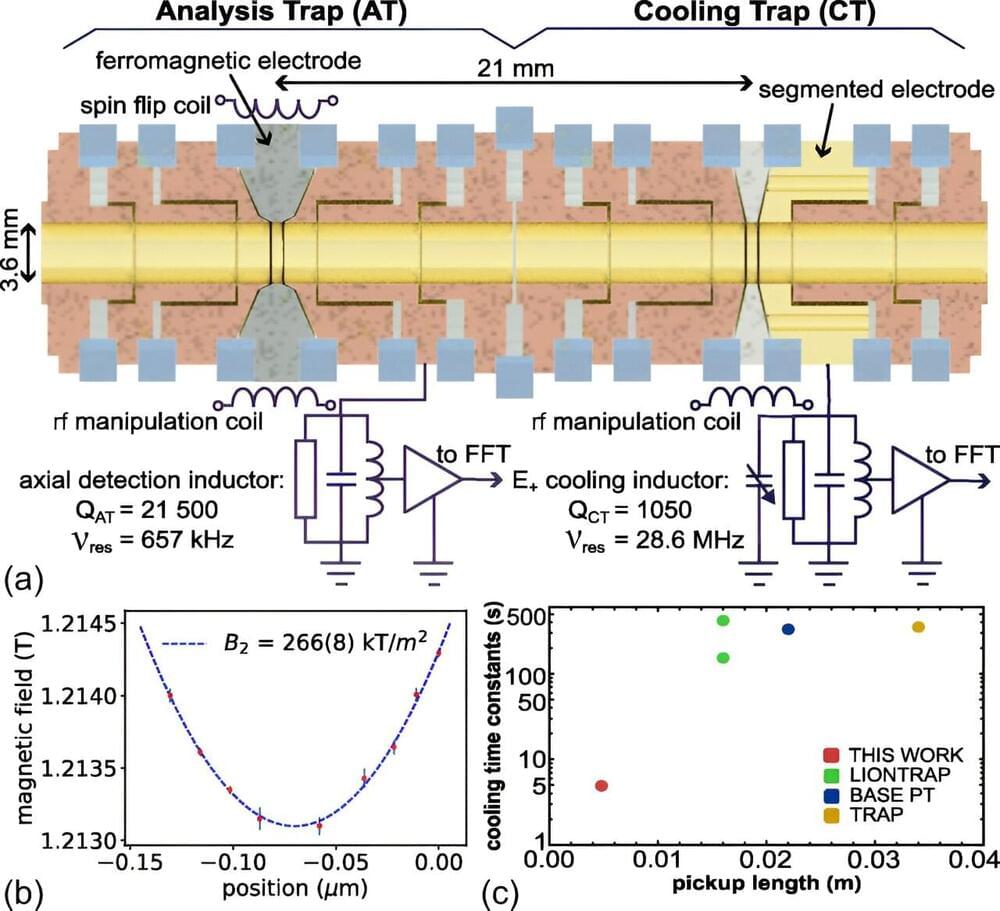Aug 2, 2024
Incredibly Rare 520-Million-Year-Old Worm Fossil Solves Ancient Evolutionary Mystery
Posted by Saúl Morales Rodriguéz in category: biotech/medical
Durham University researchers discovered an extraordinarily detailed 520-million-year-old fossil, Youti yuanshi, revealing significant evolutionary insights into early arthropods’ complex anatomy and development.
A recent study conducted by researchers at Durham University has unveiled an exceptionally rare and detailed fossil named Youti yuanshi, providing a glimpse into one of the earliest ancestors of modern insects, spiders, crabs, and centipedes.
This fossil dates back over 520 million years to the Cambrian period, when the major animal groups we know today were first evolving. This fossil belongs to a group called the euarthropods, which includes modern insects, spiders, and crabs. What makes this fossil so special is that the tiny larva, no bigger than a poppy seed, has its internal organs preserved in exceptional quality.
